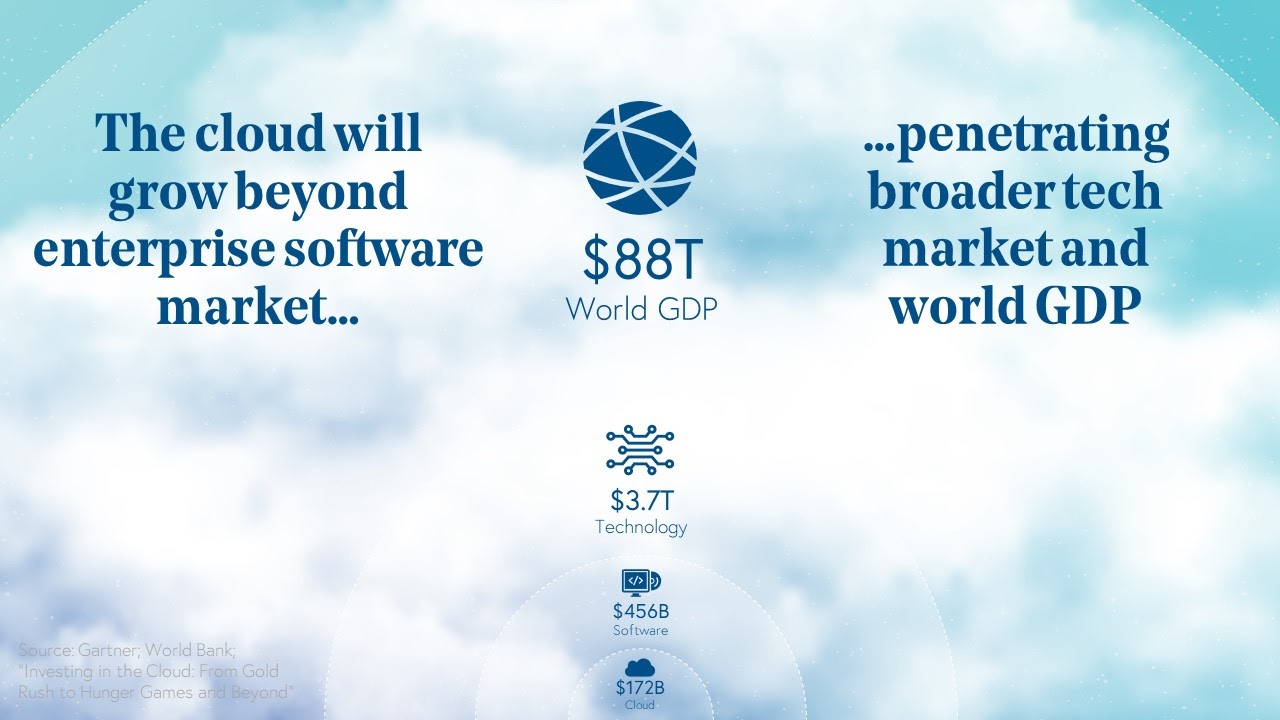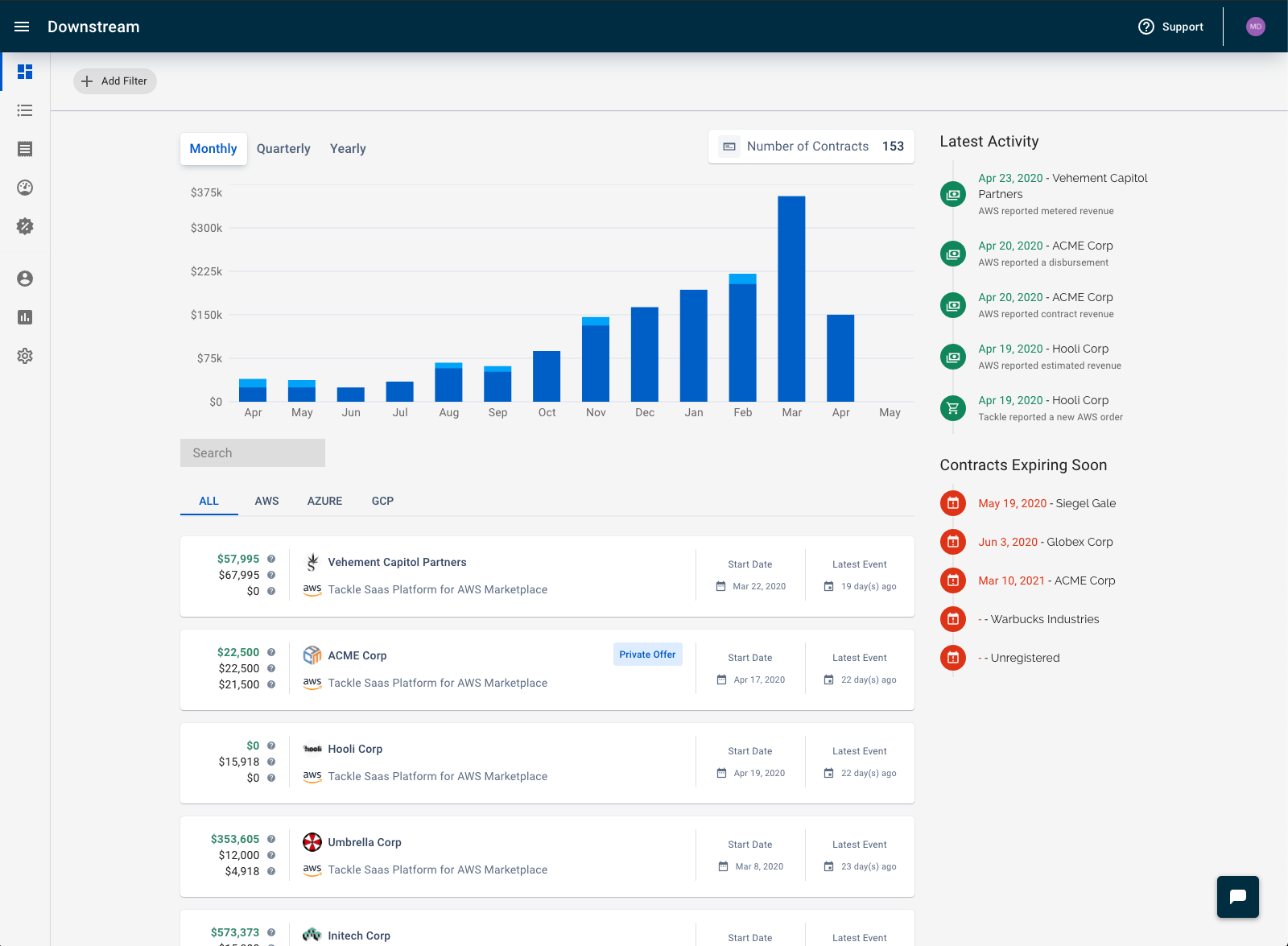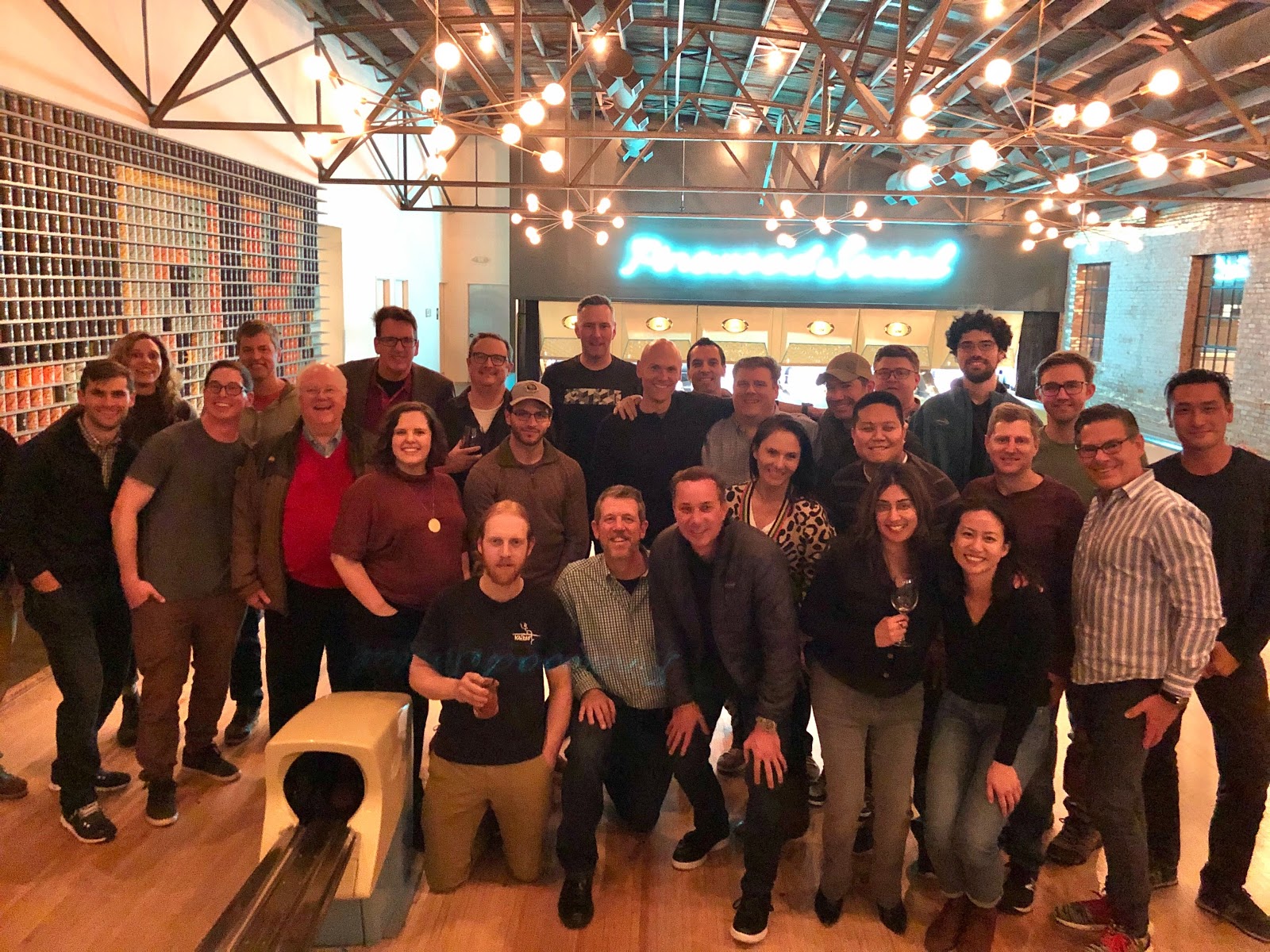The future of B2B software sales has arrived, and it’s based in ecommerce! Tackle.io raises a Series A with Bessemer Venture Partners to continue to bring this future to life.
Today we announced closing out our Series A, a 7.25M round led by Bessemer Venture Partners. You can find the full press release here, but I wanted to take a step back to share a bit of the story of Tackle, where we started, and how we see B2B software ecommerce evolving.
A Bit of Background
Cloud Providers like Amazon, Microsoft, and Google are changing the way enterprise software is bought and sold via their Cloud Marketplaces, which make it easy for companies to leverage third-party software on top of their platforms. As more and more companies accelerate their migrations to the cloud, there is a greater need for a mix of first and third-party software to enable and support cloud-first operations.
The process of buying software for most companies is very cumbersome. It requires research, discovery, lots of meetings and evaluation, then often complex negotiations of pricing and contracts, and all potentially before you ever get to see if the solution really meets your needs.
Sales and marketing for most B2B software companies is also typically the largest expense in the company. With complex and lengthy engagements with buyers being commonplace, these investments can take months or even years to produce.
The Cloud Marketplaces offer a chance to redefine the buying and selling process. For the buyers, you get speed, access to the solutions you need when you need them, and the ability to consolidate purchases where the majority of your budget already sits. For sellers, it’s about access to customers, simplified contracts, budget, and ultimately generating revenue.
These concepts are not unique to the clouds or to B2B software—they follow a broader movement around moving B2B transactions online.
Unfortunately, Marketplaces create technical and business complexity for software sellers because they introduce a channel that, when built and managed internally, requires specialized skills and dedicated engineering resources.
Tackle exists to make it simple for software companies to embrace the Cloud Marketplaces and accelerate their ecommerce evolution. Revenue is strategic to all companies and we love helping software companies open up new pathways to revenue via the Cloud Marketplaces.
What Drives Us At Tackle
When Tackle was started in 2016, we recognized a variety of signals and experiences that informed our vision.
#1. Cloud was clearly winning in market share, the majority of new workloads, and the pace of cloud adoption was only accelerating. It became obvious that not only will tech and software be powered by the cloud, the future of all industries will be powered by the cloud.

In their 2020 State of the Cloud report, Bessemer Venture Partners noted, “We believe that the cloud industry ($172 billion), and the cloud delivery model, will transform and grow beyond enterprise software ($456 billion) and technology ($3.7 trillion). The cloud has already moved beyond the enterprise software market and will continue to as we turn toward the cloud for transportation, healthcare, education and more.”
#2. When companies make big moves to the cloud, they re-evaluate their entire tech stack and shift towards more cloud native solutions. This could be specific to single cloud services or in some instances multi-cloud services. The commitment to cloud causes a rethinking of operations. This includes both what software you buy as well as how you buy it.
#3. The process of buying and selling B2B software is painful and inefficient. Sellers struggle to sell and buyers struggle to buy. The problem is getting harder as the number of software products continues to expand at a rapid pace as well as the number of avenues for purchase.
#4. Building a go-to-market machine for sellers is both expensive and difficult, and while some companies are succeeding with product-led growth, the majority of B2B enterprise technology products are not designed or consumed that way and likely will never be.
#5. Cloud Marketplaces are continuously evolving and while that evolution is great and necessary, it also reinforces the need for a seller focused platform to support and enable these channels without the need to dedicate resources. The process to embrace Marketplaces as a software company requires specialized knowledge and engineering work and while many business leaders in software companies are keen to embrace these new channels, engineering backlogs are full and teams prioritize their product over ecommerce integrations (rightfully so!).
#6. Traditional channels are struggling to provide relevance in the cloud era and both buyers and sellers are looking for new ways to engage and go-to-market.
When Dillon Woods, co-founder and CTO, started building Tackle in 2016, Marketplaces were really just getting started. “It has been incredible to see all three major Marketplaces grow from software bulletin boards to now where you can buy so many different software types with a variety of contract types and business models all via the Marketplace. The Cloud Marketplaces are truly becoming the app stores of B2B software and they are still really just getting going.”
Dillon set to work at that time on a platform that software companies would use to replace the custom engineering work required to embrace the Cloud Marketplaces—think “middleware for Marketplace.” Built for software sellers by software sellers with the desire to make the experience of selling through the clouds better than direct.
In 2018, we took the product to market and New Relic became our first lighthouse customer. They were followed by incredible companies like Pagerduty, Auth0, Druva, and Cyberark who helped evolve and refine our product vision. We listened intently to the needs of our customers and translated their needs into our backlog of innovation. Based upon their feedback, we started investing in building the tools you need to run a business via the Cloud Marketplaces, including enhanced Private Offers, advanced reporting, Easy Metering as well as extending our platform to support all three major Marketplaces (AWS, Azure, and GCP).

Where We Are Today
We now support 160+ leading software companies in their pursuit to grow revenue with AWS, Azure, and GCP Marketplaces—companies like Github, Snowflake, AppDynamics, Snyk, Seeq, A Cloud Guru, CloudHealth, CloudCheckr, and many others we are proud to serve as customers.
These companies grow their Marketplace businesses fast. Sellers love the access to budget dollars, streamlined contracting, and the opportunity to co-sell with the Cloud Providers. Buyers love a new avenue to offer self-service procurement, faster access to tools, and more avenues to scale cloud contracts to get volume-based discounts. For example, Sisense has seen a 20% reduction in the sales cycle on AWS Marketplace transactions, speeding up time to value for both Sisense and their customers.
Todd Osborne, GVP Alliances and Channels at New Relic, said, “We quickly saw traction with our listings after they went live and have had numerous transactions and Private Offers flow through our listings. The Marketplace allows customers to buy from us in a way that is easy for them with consolidated payments on a single AWS monthly bill.”
We built Tackle’s go-to-market using our own platform in combination with the Cloud Marketplaces. There is no budget line item for a Cloud Marketplace Platform, but because we can ride along on the Cloud Provider bills and we offer new pathways to revenue, we’ve been able to grow fast drinking our own champagne. We continue to put all elements of our products to the test as our own best use case, and open source our playbook for our customers and the broader community of software sellers. We believe this will become the default model for new startups as they build their go-to-market teams.
Additionally, smart VC’s are leaning into Marketplaces as they see it as an avenue to more efficiently scale go-to-market organizations. When sales is your number one expense in a company, as it is for most SaaS companies, having ecommerce channels from the beginning can drive efficiency.
We are seeing analysts, such as Forrester and Gartner, start to more aggressively cover Marketplace as a movement and all of this momentum reinforces our belief that the future of B2B software sales will be ecommerce based, and the Cloud Marketplaces are set to be the foundation of this future.
While we have been hard at work building our product, helping our customers and partners, last fall we had the great fortune to meet Michael Droesch at Bessemer Venture Partners. We quickly found alignment around our common views of cloud growth, SaaS business models, and Marketplaces and ecommerce being a disruptive force.
We could not be more excited to have Bessemer lead our Series A. We can’t thank Michael Droesch and Bob Goodman enough for the support and partnership, and we look forward to building the future together.

What’s Next & How Will Our Series A Help Us Get There?
Sellers of software are our anchor for our product roadmap. We’ll stay laser-focused on software companies and continue innovating on their behalf to bring Marketplace ecommerce to life. We’ll double down on our engineering work and look for more ways to help sellers sell more, sell faster, and scale their marketplace businesses.
We’ll work together with the Cloud Providers to accelerate adoption of new features being created and bring them to life for our community of software companies. We’ll invest in all elements of ensuring that the seller side platform is world-class, scalable, and seamless. A few recent examples can be found here:
- Streamline and Scale your Cloud Marketplace Selling Operations with SDDS from AWS Marketplace + Tackle Downstream
- April 2020 Cloud Innovation Updates
- Confidently Launch Your Cloud Marketplace Strategy and Sell Faster with Tackle’s Smart Onboarding
- March 2020 Cloud Innovation Updates
- Scale your Cloud Marketplace Revenue Using Tackle’s Private Offer Acceleration
We’ll break the problem down into all personas and target specific innovation for key stakeholders inside of software companies, like Revenue executives, Alliance leaders, Finance and Operations, Product, Customer Success, Sales/Marketing, and Legal. Marketplace is a team sport and we want to equip all members of the team with what they need to win.
We’ll evaluate Marketplaces based upon where our sellers’ buyers want to buy. Jay McBain from Forrester says there will be 20 of these ecommerce marketplaces over time, and we are seeing many emerge, but where do buyers really want to buy?
We’ll start to invest in what we can do for sellers to help their buyers buy via Marketplaces. Our immediate plan is to build out content for sellers to leverage to enable their sellers and buyers but stay tuned for more on how we build these experiences into the platform over time.
Lastly, we’ll continue to expand our investment in our customer journey team which includes onboarding, account management, and enablement to provide a world-class experience for our customers across the Marketplaces.
We are still in the earliest days of cloud and learning how Marketplaces will help buyers evolve towards their digital future. Every company is buying more software with more and more products coming to market every day, and a growing number of those products are a combination of cloud services and third-party services.
We think the future of Marketplaces is bright and even brighter is the opportunity to help eliminate friction in all elements of the Cloud Marketplace workflow.
If you are curious to learn more about Tackle send us a message at hello@tackle.io, request a demo here, or follow us on LinkedIn or Twitter.

